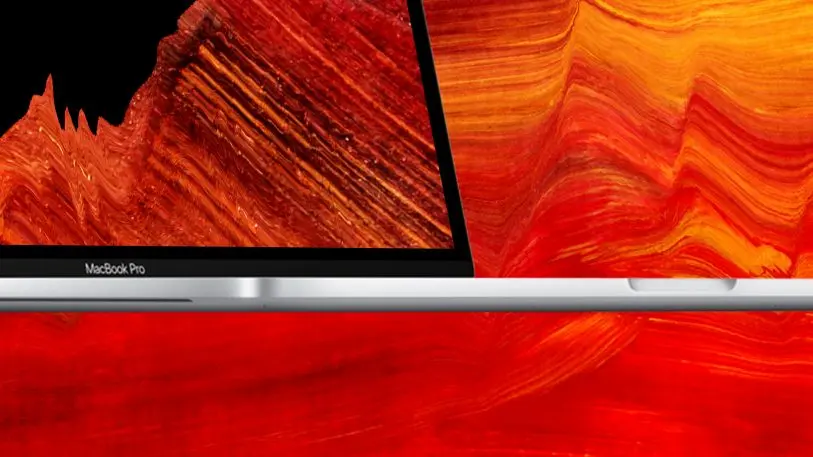In what is becoming an all-too-familiar trend for Apple, the company was called out on social media for an apparent throttling issue in its new Core i9 MacBook Pro.
Last week, YouTuber David Lee published a video review of the MacBook Pro that showed the machine getting so hot that it couldn’t maintain its baseline speed for more than a few seconds at a time when rendering in Adobe Premiere. Rendering is a processor-intensive task, but Lee was not pushing the hardware anywhere beyond its advertised limits through overclocking or other hacks. He was also using some of the world’s most popular software that you would buy a MacBook Pro to run. To keep the MacBook operational during these tasks, it appeared Apple actually throttled the CPU clock speed and power draw down–and Lee was left to stick the MacBook Pro in a freezer to generate its advertised performance.
In response to the video, Apple released a software patch and a statement explaining that there was a “missing digital key in the firmware that impacts the thermal management system and could drive clock speeds down under heavy thermal loads on the new MacBook Pro.”
Dave Lee tells me that the patch seems to work. “I think it addresses most of the issue I was having. Been running new tests and the speed increase is substantial,” he writes over email.
Motherboard gives a nice lesson on the contributing factors to the problem; bottom line, processors put out a lot of heat. That heat needs to dissipate. But the 0.61-inch-thick MacBook Pro has been packed so tightly with electronics that the heat builds up inside. In turn, Apple sometimes needs to throttle down the processor inside the computer.
If the story sounds familiar, that’s because thermal issues are a recurring theme for Apple. The company admitted its eye-catching obelisk Mac Pro has been thwarted by thermal management. Over a decade earlier, the company discontinued its gorgeous Power Mac G4 Cube because the electronics were notorious for overheating inside the 8-inch box. The new MacBook Pro problems may simply be a hiccup for Apple, which has weathered similar issues before.

What seems different today is the way in which these bugs and design flaws are surfaced by the public. Social networking is allowing people to assemble en masse to confirm problems–quickly–and act to create class action lawsuits. Apple faces dozens of class action suits over its iPhone throttling, which the company only admitted to after it was called out on Reddit. In that case, the issue wasn’t overheating, but that the battery began to degrade over time (as all batteries do). By slowing down the processor, Apple said it was enabling the battery last longer every day. And this week, Apple admitted to the software issue with its new MacBook Pros just days after Lee’s video went viral (and commenters roasted the company, pun intended).
Issues that would have once been topics for message board rants read by a few Apple geeks are now fast-moving, mainstream problems for Apple–and its strange mix of design flaws and subsequent subterfuge is almost becoming expected by the public. Case in point: Antennagate was a shock in 2010! Apple slowing down our iPhones seven years later? Not so much. As journalists and lawyers alike have pointed out, communicating more frankly with users would go a long ways toward making users feel respected and valued. Apple made “Designed in California” synonymous with beauty. When will it make it synonymous with trust?
Recognize your brand’s excellence by applying to this year’s Brands That Matter Awards before the early-rate deadline, May 3.